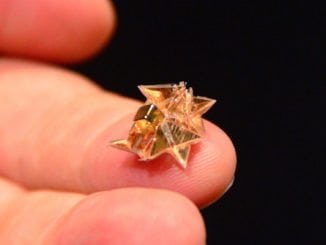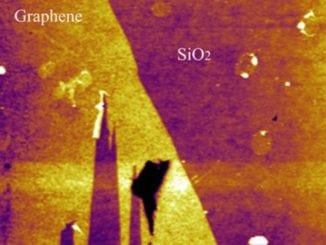I am a postgraduate researcher at the University of Leeds. I have completed my master's degree in the Erasmus Tribos program at the University of Leeds, University of Ljubljana, and University of Coimbra and my bachelor's degree in Mechanical Engineering from VTU in NMIT, India. I am an editor and social networking manager at TriboNet. I have a YouTube channel called Tribo Geek where I upload videos on travel, research life, and topics for master's and PhD students.
Tribology Inspired from Nature
Table of Contents
Introduction
Biomimetic tribology entails the seamless integration of tribology with life science, aiming to leverage insights from biological systems to understand and enhance the attributes of tribological systems and components. The objective is to unravel the mechanisms underlying friction reduction or amplification, adhesion or anti-adhesion, anti-wear properties, and efficient lubrication observed in biological systems. Bio-tribology, on the other hand, applies the principles and techniques of tribology to human body components and interactions, particularly focusing on frictional relationships. This includes studying phenomena like friction, wear, and the interaction of implanted joints with corresponding tissues, as well as aspects such as blood adherence to artificial heart valves, tooth wear, and skin damage resulting from friction [1].

Figure-1 (a) SEM image of a lotus leaf with a water droplet inset, (b) High magnification image of lotus leaf showing hierarchical structures, (c) SEM image of cuticles on dahlia papillae with a droplet inset, (d) SEM image of cuticles on rose papillae, (e) Epicuticular wax platelets on taro leaf with a droplet inset, (f) Water droplets on rice leaf showcasing super-hydrophobicity [2].
In the realm of biomimetic tribology, several key points should be highlighted: (1) the assessment of tribological attributes in biological systems and materials; (2) tracing the evolutionary trajectory of micro-geometric arrangements, material structures, and surface textures in biological components exhibiting exceptional tribological traits; and (3) the replication of bionic surface patterns and the fabrication of biomimetic structures and materials.
Important Progress in the field of Biomimetics [1]:
1 Adherence at the fluid-solid inter-surface and self-cleaning of solid surfaces:
Exploring the adherence phenomena occurring between fluid and solid interfaces, as well as investigating methods for self-cleaning solid surfaces. This involves understanding how fluids interact with solids and developing strategies to minimize adhesion and facilitate self-cleaning mechanisms in various applications.
2 Adhesion of animals’ foot to solid surface and its biomimetics:
Studying the adhesion mechanisms observed in animals’ feet when they interact with solid surfaces. This entails mimicking these natural adhesion strategies to create biomimetic solutions for enhancing adhesion in technology and materials.
3 Wear characteristics of biological surface and bio-inspired anti-wear technology:
Analyzing the wear patterns exhibited by biological surfaces and delving into the development of bio-inspired technologies to counteract wear. This includes drawing insights from nature to design innovative anti-wear solutions for diverse applications.
4 Friction between solid-fluid interface and its biomimetic design:
Investigating the frictional interactions that occur at the interface between solid and fluid substances. This involves studying the mechanisms of friction in these contexts and seeking inspiration from nature to develop biomimetic designs that can enhance friction control and efficiency in various engineering and technological applications.

Figure-2 (a) Creation of water-repellent surfaces through multi-scaled texturing using the LST method, (b) Designing structures inspired by shark skin to reduce skin drag friction and transition to turbulence flow, (c) Generation of deep welding dots using continuous wave laser radiation, (d) Application of variable pulse energy and pulse overlap to achieve surface texturing, (e) Enhancing boiling heat transfer through surface texturing, (f) Introducing dimples to enhance static friction, (g) Formation of hemispherical surface textures via nanosecond-pulsed laser shock texturing (LST) [2].
Conclusion
In conclusion, biomimetic tribology offers a multidisciplinary approach that integrates principles from both tribology and life sciences to gain insights from nature’s mechanisms and apply them to various technological and engineering challenges. The exploration of adherence, adhesion, wear characteristics, and frictional interactions in biological systems provides valuable inspiration for designing innovative solutions that can improve performance, durability, and efficiency in human-made systems. By closely examining these areas and developing biomimetic designs, researchers are paving the way for advancements in self-cleaning surfaces, enhanced adhesion, wear-resistant materials, and improved friction control. The interplay between biological insights and engineering innovation holds the potential to drive significant progress in diverse fields, contributing to the development of more efficient, sustainable, and functional technologies.
Reference































